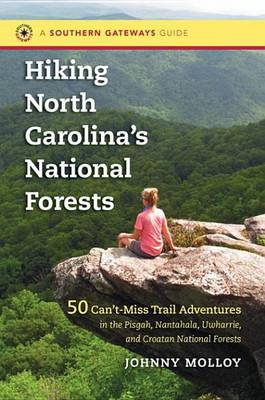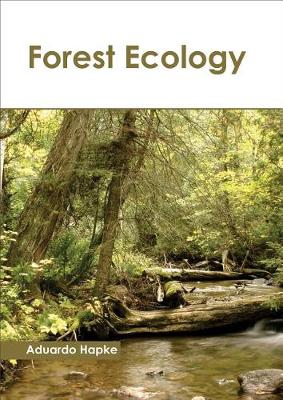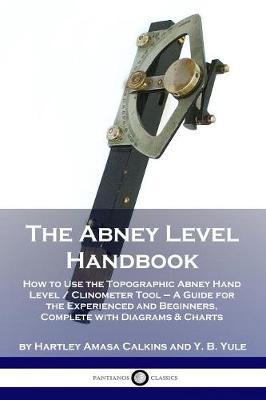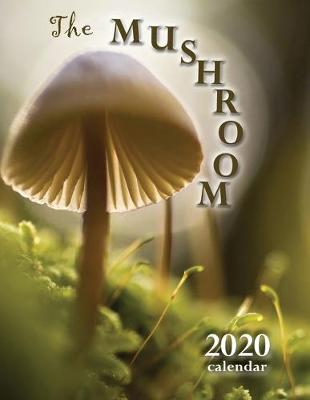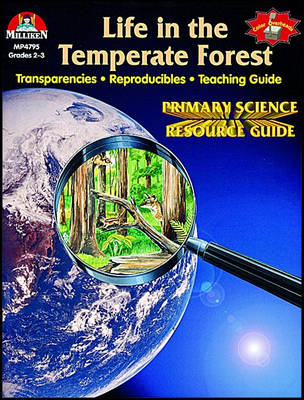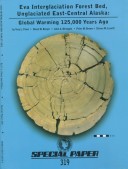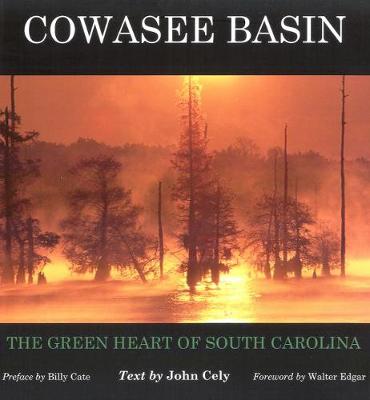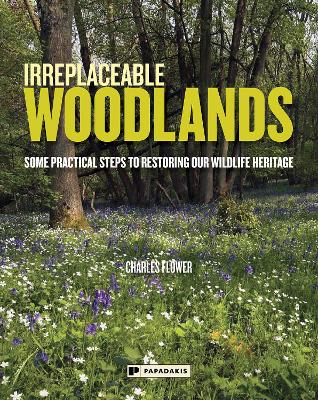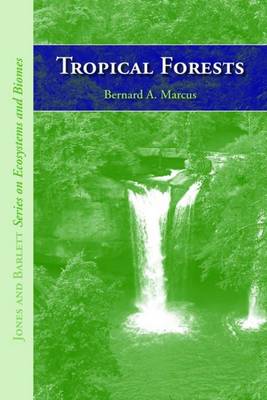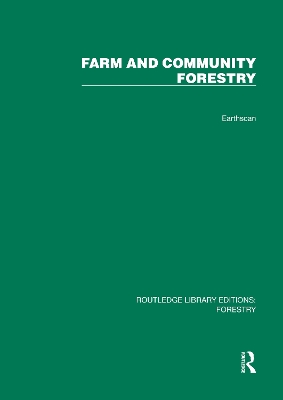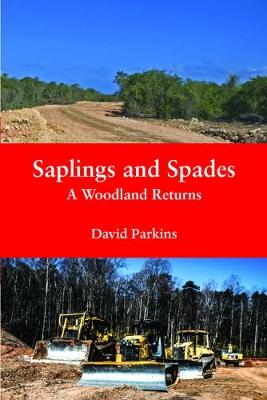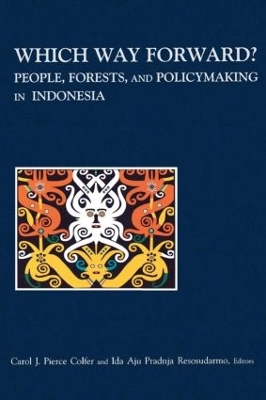Smell of the Rosin Noise of the Saw (Forestry Commission Miscellaneous (FCMS), #113)
Chimpanzees (Collins Big Cat Phonics for Letters and Sounds)
by Ben Hubbard
Collins Big Cat Phonics for Letters and Sounds features exciting fiction and non-fiction decodable readers to enthuse and inspire children. They are fully aligned to Letters and Sounds Phases 1-6 and contain notes in the back. The Handbooks provide support in demonstration and modelling, monitoring comprehension and expanding vocabulary. Learn all about chimpanzees, from where they live to what they eat, in this photographic non-fiction book. Yellow/Band 3 books offer varied...
Which Way Forward? Forest, Policy and People in Indonesia (Environment & development, No 8)
Learning with Nature
by Marina Robb, Victoria Mew, and Anna Richardson
Learning with Nature is full of fun activities from the Forest School. The games will get your children outdoors to explore, have fun, make things and learn about nature and help them grow up happy and healthy. Suitable for groups of children aged between 3 and 16, the graded activities help children develop: Key practical and social skillsAwareness of their place in the worldRespect for the natural world all while enjoying the great outdoors. Written by experienced Forest School practitioners...
Buka Kecil Pendorong Besar Deforestasi
by Steve Ryan, Frances Davis, and Matt Leccett
EVA Interglaciation Forest Bed, Unglaciated East-Central Alaska:
Contributed articles on the relationship between the forest and the human community, reflecting upon our current understanding of civilisations.
Irreplaceable Woodlands: Some practical steps to restoring our wildlife heritage
by Charles Flower
This is a practical manual to managing woodland. It includes a Foreword written by HRH Prince Charles. It comes from conservation expert Charles Flower, author of highly acclaimed Where Have all the Flowers Gone? Charles Flower is passionate about restoring the countryside. He has spent many years working on and writing about the restoration of wild flowers to grasslands and has now turned his attention to ancient woodlands, many of which, though derelict, are treasure houses of diversity, an as...
The first text in a series of single topic ecology books, Tropic Forests is an ideal text or supplement for introductory biology, ecology, and environmental science courses. It provides students with an accurate, easy to read, and easy to understand account of this important environmental topic that is often overlooked or glossed over in general texts. It's narrative style and clear illustrations and diagrams engage students, and paint a clear picture of the important concepts presented through...
Farm and Comunity Forestry (Routledge Library Editions: Forestry)
by Gerald Foley and Geoffrey Barnard
In 1984, when this book was originally published the need to take forestry outside the forests and involve local people in tree growing was widely recognised. Projects to encourage farm and community forestry were launched in over 50 developing countries. This book describes the main approaches which were taken, discussing their scope and limitation. It examines the reasons why people plant trees, and the constraints which prevent them from doing so. It analyses supply and demand systems for woo...
Australian Tropical Rain Forest Plants
by B. P. M. Hyland, T. Whiffin, D. C. Christophel, B. Gray, and R. W. Elick
Australian Tropical Rain Forest Plants: Trees, Shrubs and Vines is an interactive identification and information system for 2154 species of trees, shrubs and vines of northern Australian rain forests. Building on the second edition, it includes the species in northern Australia, from Broome in Western Australia to Townsville in Queensland, with additional species and many new photographs. This powerful identification tool provides an easy to use and simple means of naming a rain forest plant us...
As a young boy, David witnessed bulldozers obliterate a forest for a bypass. Decades later, he resolved to replace the annihilated trees with another wood. Starting from nothing, he set about the task. It was not easy; there was vastly more to woodland establishment than planting saplings. Writing informally, David recalls the triumphs and disasters of his undertaking. Success was hard-won and ultimately depended on an overlooked truth... Splendidly illustrated with aerial photos, this is th...
Indonesia contains some of Asia‘s most biodiverse and threatened forests. The challenges result from both long-term management problems and the political, social, and economic turmoil of the past few years. The contributors to Which Way Forward? explore recent events in Indonesia, while focusing on what can be done differently to counter the destruction of forests due to asset-stripping, corruption, and the absence of government authority. Contributors to the book include anthropologists, econom...

